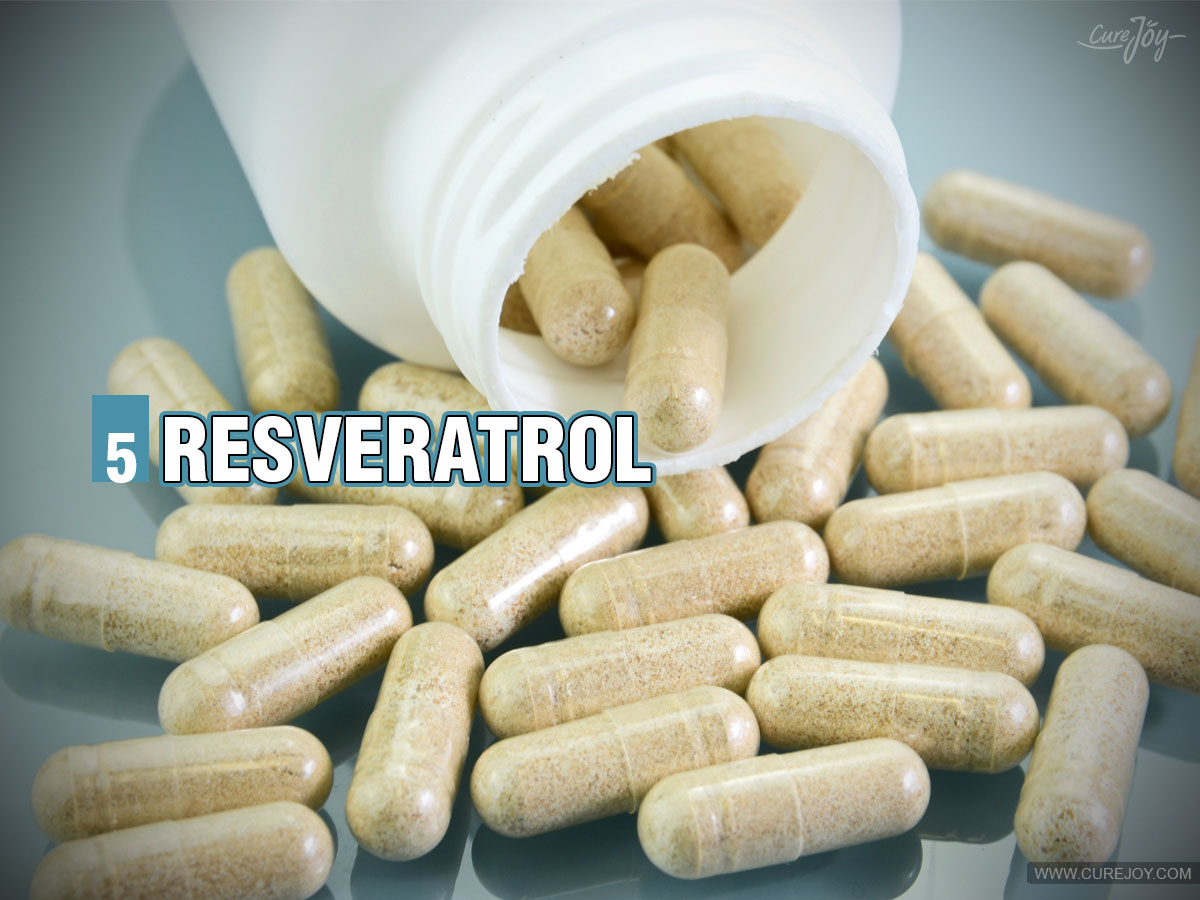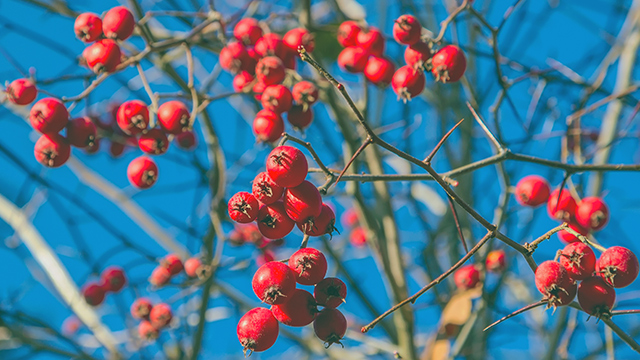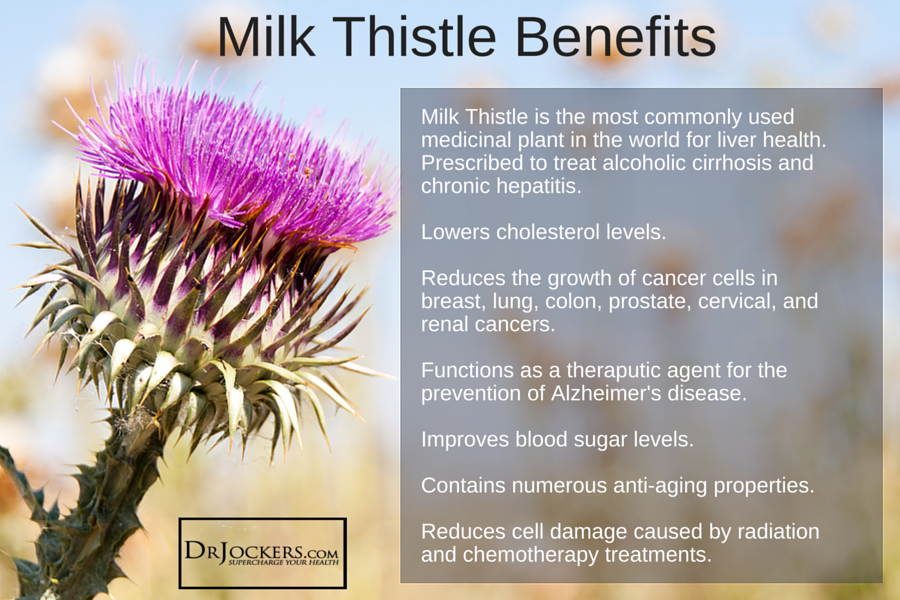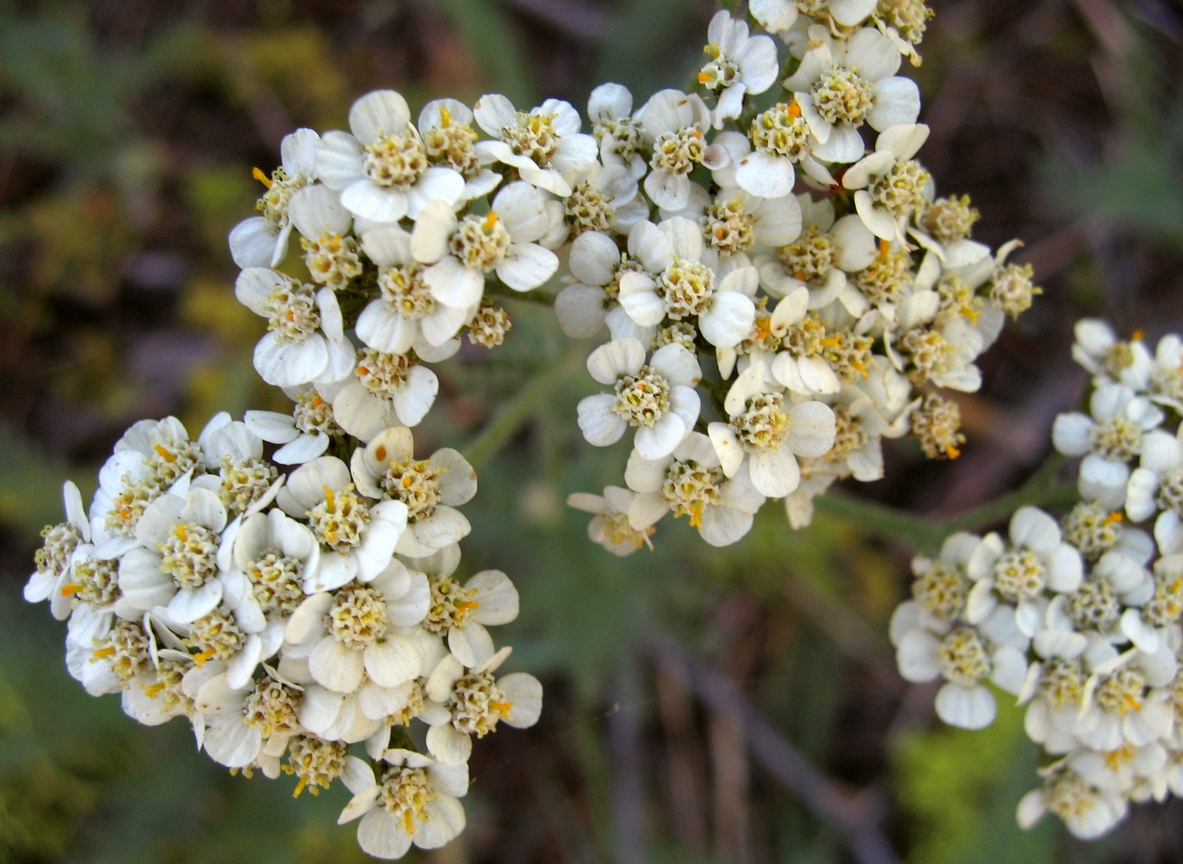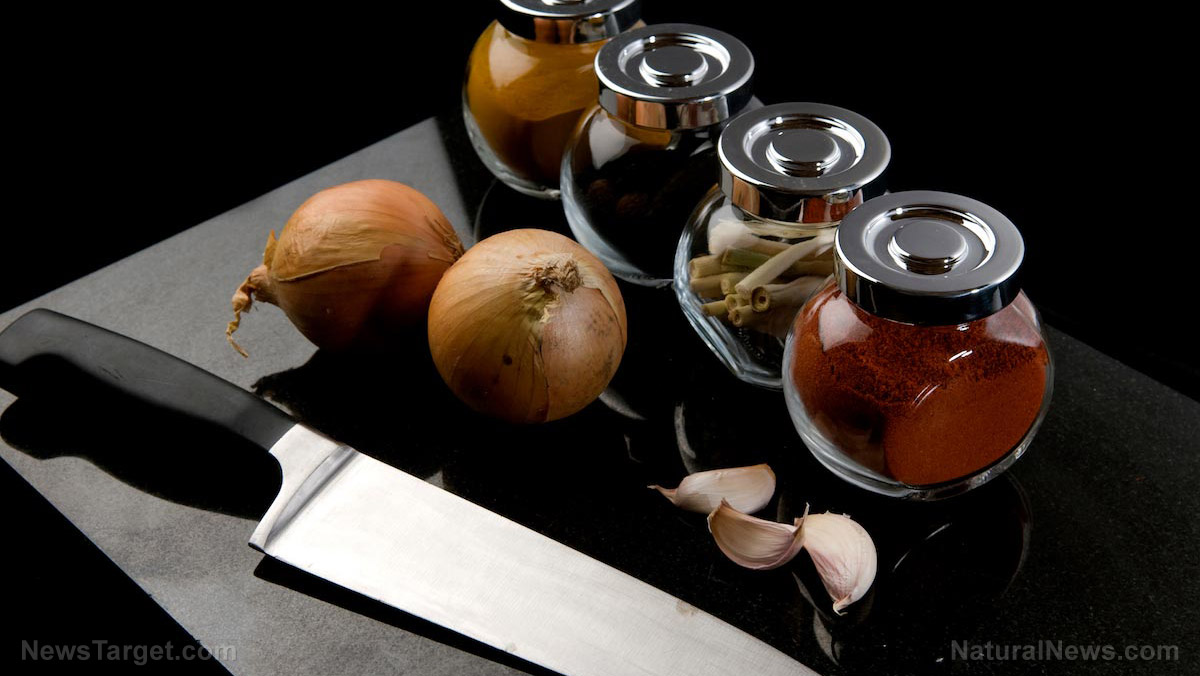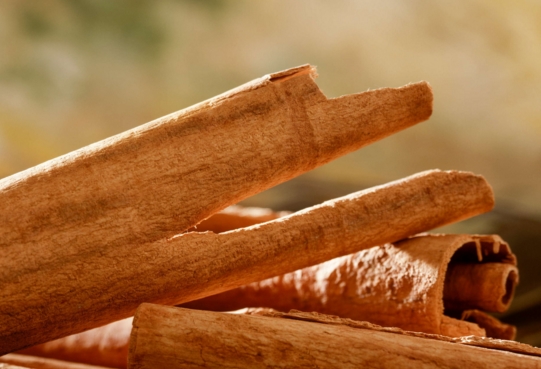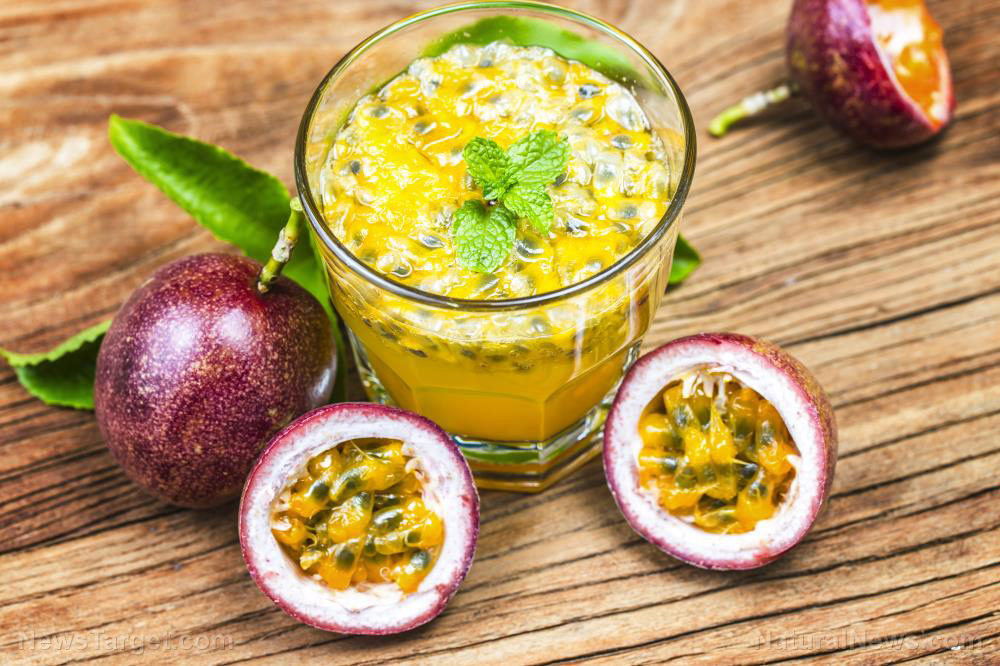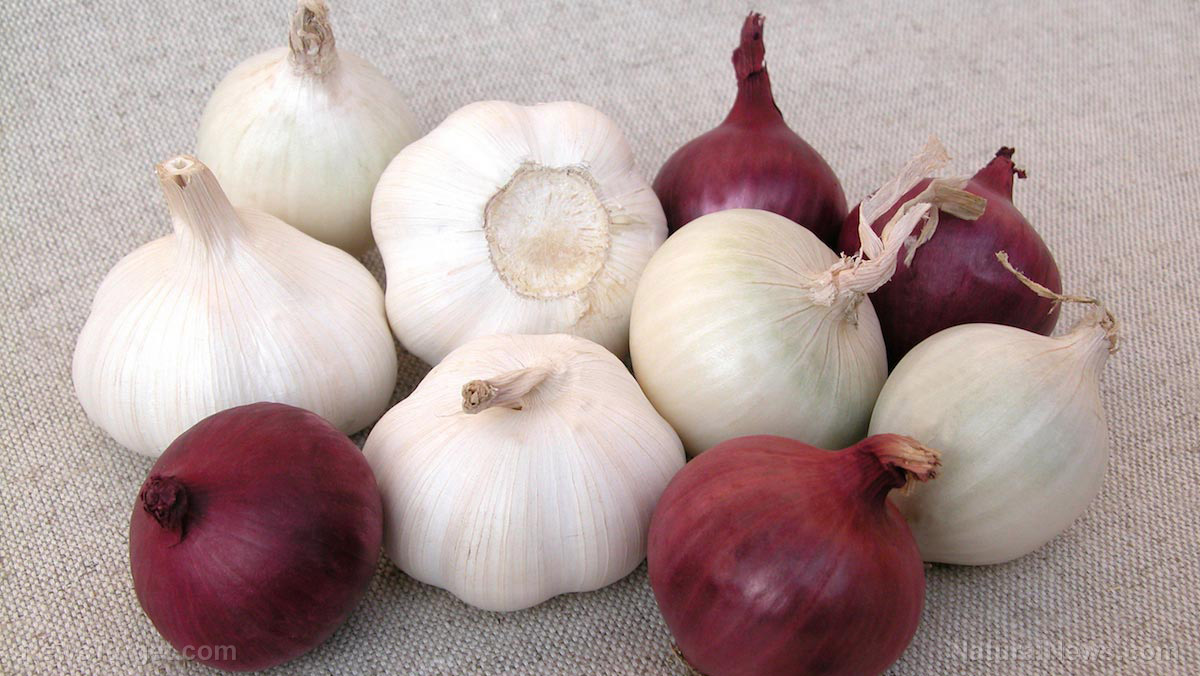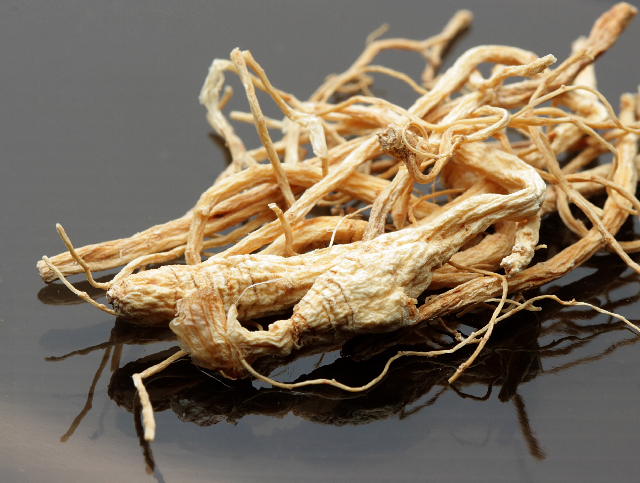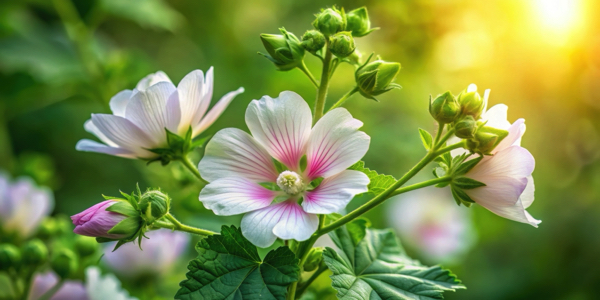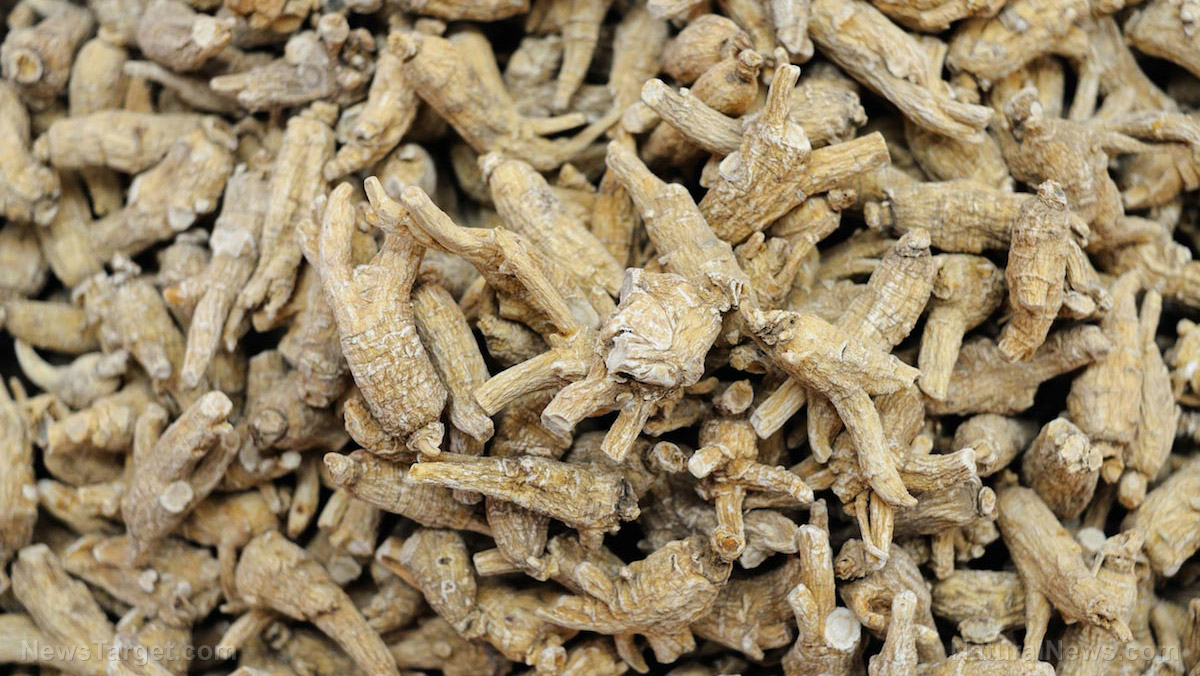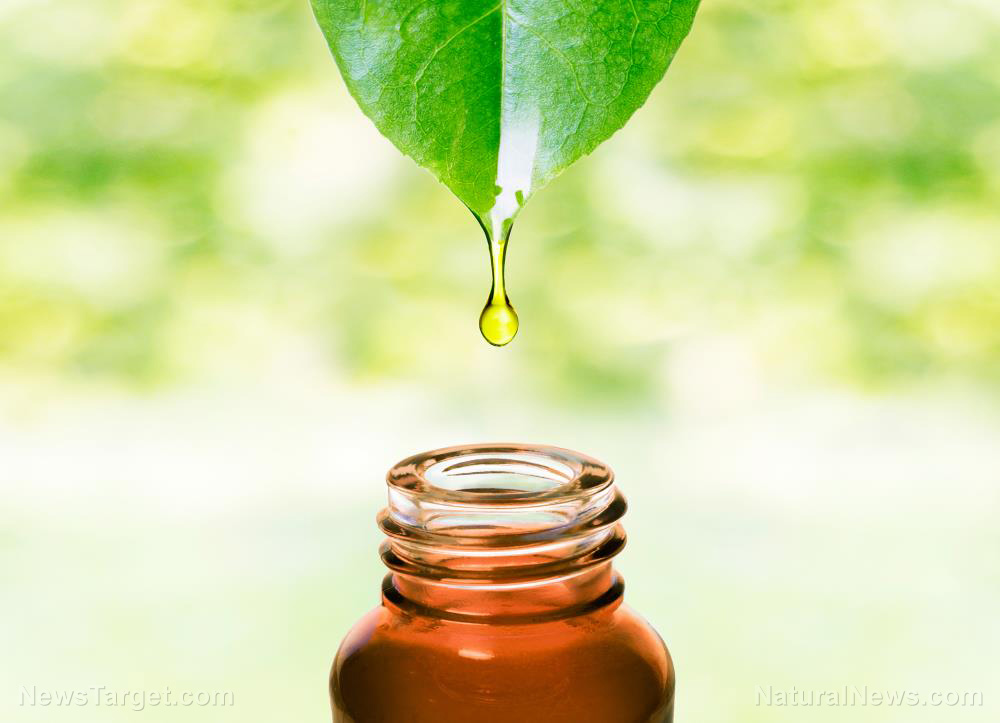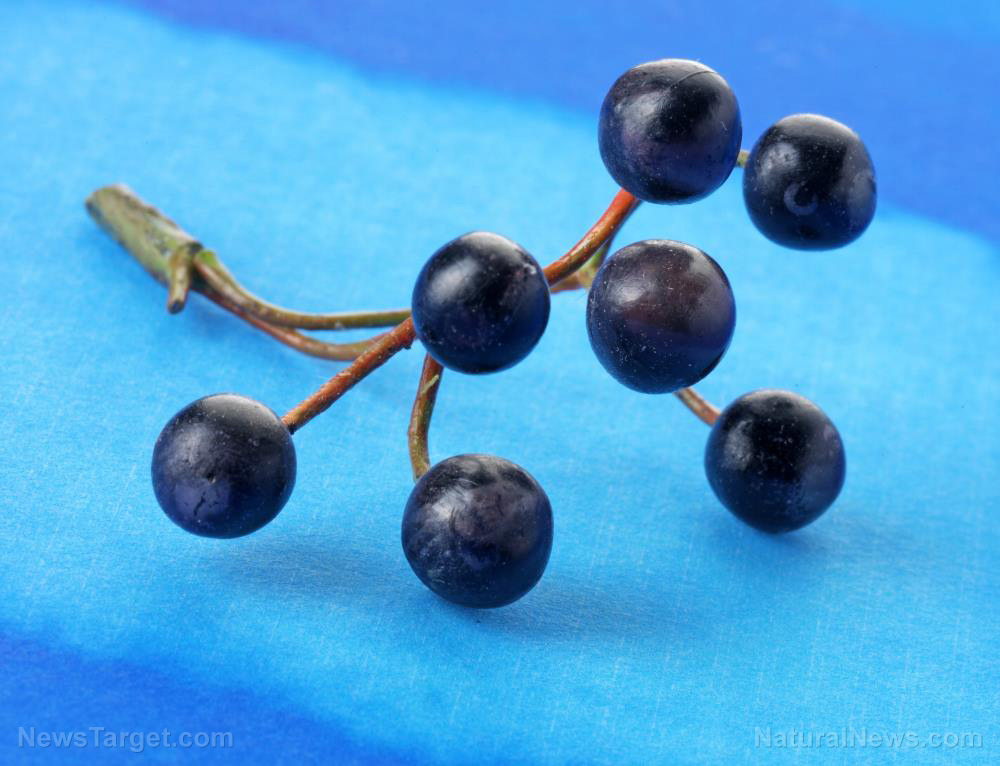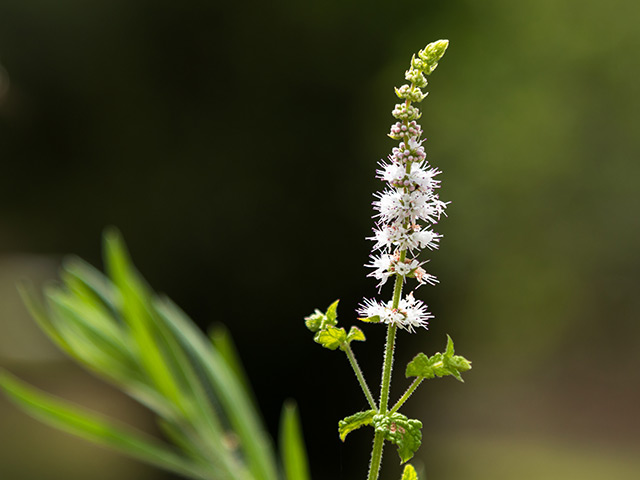Hops: The herbal marvel behind beer
04/02/2025 / By Ava Grace

- Hops (Humulus lupulus) has a long history of use dating back to the Neolithic period, but its cultivation for brewing purposes began in the 8th century CE in a Bavarian monastery. By the Middle Ages, hops had spread throughout Europe, and by the 17th century, it was introduced to the New World by European settlers.
- Today, significant hops production centers are found in Germany, the United States, the Czech Republic and China, with regions like the Yakima Valley, Hallertau and Saaz being particularly renowned for their high-quality hops. The plant thrives in temperate climates with moderate temperatures, ample sunlight and well-drained soils.
- Hops is rich in phytonutrients including alpha acids, beta acids, xanthohumol, myrcene and linalool/geraniol, each contributing to the plant’s bitter flavor, antimicrobial, antioxidant, anti-inflammatory and sedative properties.
- Traditionally used for their calming and sleep-inducing properties, hops has also been studied for its potential to help manage menopause symptoms, improve digestive health and reduce inflammation.
- Beyond brewing, hops can be used in hop tea, salads, herbal infusions and as a flavoring agent in culinary dishes. Recipes such as hops-infused olive oil, hops tea with honey and lemon, hops and goat cheese salad, hops-flavored meats, and hops bitters showcase the plant’s diverse culinary applications.
In the temperate zones of the Northern Hemisphere, a vining plant with a rich history and a multitude of uses thrives: Humulus lupulus, commonly known as hops. While hops is renowned for its pivotal role in the brewing industry, its utility extends far beyond the alehouse, into the realms of herbal medicine and nutritional science.
Historical overview
The origins of hops can be traced back to ancient times, with archaeological evidence suggesting that wild hops were present in Europe and Asia as early as the Neolithic period. However, it wasn’t until the 8th century CE that hops began to be cultivated for use in brewing. The first documented use of hops in beer-making dates back to 822 CE in a Bavarian monastery, where monks noted the plant’s ability to preserve and enhance the flavor of their brews. (Related: Hops, a plant used in making beer, can protect your liver … but it doesn’t mean your beer can.)
By the Middle Ages, cultivation of hops had spread throughout Europe, and by the 16th century, its use in making beer had become widespread, replacing traditional flavoring agents like gruit. The introduction of hops to the New World occurred in the 17th century, primarily by European settlers, who recognized the plant’s value in both brewing and herbal remedies.
Today, hops is cultivated in a variety of temperate regions, with significant production centers in Germany, the United States, the Czech Republic and China. The Yakima Valley in Washington State, the Hallertau region in Germany and the Saaz region in the Czech Republic are particularly renowned for their high-quality hops. These areas provide the ideal conditions — moderate temperatures, ample sunlight and well-drained soils — that hops require to thrive.
Phytonutrients and medicinal applications
Hops is not just a flavorful addition to beverages — it is also rich in phytonutrients that contribute to its medicinal properties. The primary active compounds in hops include:
- Alpha acids (humulones) – Responsible for the bitter flavor in beer, these compounds have been shown to have anti-inflammatory and antimicrobial properties.
- Beta acids (lupulones) – While less bitter than alpha acids, beta acids also exhibit antimicrobial activity.
- Xanthohumol – This flavonoid has been studied for its antioxidant, anti-inflammatory and anticancer properties.
- Myrcene – A terpene that contributes to the floral and spicy aroma of hops and has sedative effects.
- Linalool and geraniol – Terpenoids that contribute to the plant’s calming and anxiolytic properties.
Traditionally, hops is used for its calming and sleep-inducing properties. The plant contains a compound called 2-methyl-3-buten-2-ol, which is believed to interact with the brain’s GABA receptors, promoting relaxation and aiding in sleep. This has led to the use of hops tea and hops pillows as natural remedies for insomnia and anxiety.
Beyond sleep and relaxation, hops has been studied for its potential to treat various other conditions, such as:
- Menopause – The flavonoids in hops, particularly 8-prenylnaringenin, are potent phytoestrogens that can help alleviate menopausal symptoms such as hot flashes and mood swings.
- Digestive issues – Hops has been shown to stimulate the production of digestive enzymes, potentially aiding in the relief of digestive issues like bloating and indigestion.
- Inflammation – The anti-inflammatory properties of hops may help in the management of conditions like arthritis and other inflammatory disorders.
Culinary uses and recipes
While hops is most famous as a key ingredient in beer, it also has a place in culinary and herbal traditions. Hops can be used in a variety of ways beyond brewing, including:
- Hops tea – Brewed from the dried strobiles, hops tea can be a soothing beverage, particularly before bedtime.
- Hop salads – Young hops shoots can be blanched and used in salads to add a slightly bitter, herbal flavor.
- Herbal infusions – Hops can be infused into oils and vinegars, which can then be used to make dressings and marinades.
Hops is easily recognizable by its distinctive shape and color. The strobiles, or seed cones, are typically pale green with a slight yellow tinge, and they are covered in small, papery bracts. When fresh, hops has a delicate, floral aroma with hints of citrus and pine. The taste is best described as bitter, with a complex profile that can range from earthy to fruity, depending on the variety.
The history and cultural significance of hops are rich and varied. In medieval Europe, hops gardens were often tended by nuns, who used the plant not only for brewing but also for medicinal purposes. One such anecdote involves the abbess Hildegard of Bingen, a 12th-century German nun and polymath, who wrote extensively about the plant’s calming and medicinal properties.
In more recent times, the craft beer revolution has brought a renewed focus on the diverse flavors and aromas of different hops varieties. Brewers like Vinnie Cilurzo of Russian River Brewing Company have become celebrities in the beer world for their innovative use of hops, creating complex and flavorful beers that showcase the plant’s versatility.
For people interested in exploring the culinary uses of hops beyond beer, here are a few recipe ideas:
- Hops-infused olive oil – Infuse olive oil with dried hops for a unique flavor that pairs well with salads, marinades and roasted vegetables.
- Hops tea with honey and lemon – A soothing bedtime beverage made by steeping dried hops cones in hot water sweetened with honey and a squeeze of lemon.
- Hops and goat cheese salad – Combine blanched hops shoots with fresh goat cheese, arugula and a lemon vinaigrette for a refreshing and slightly bitter salad.
- Hops-flavored meats – Marinate meats in hops-infused oil or beer for a depth of flavor that complements grilled or roasted dishes.
- Hops bitters – Create homemade bitters using dried hops, spices and alcohol, perfect for adding a unique touch to cocktails.
Hops is a multifaceted plant with a long and storied history. From its ancient roots in herbal medicine to its modern-day prominence in the brewing industry, hops continues to captivate and benefit those who use it. Whether enjoyed in a well-crafted beer, a soothing cup of tea or a flavorful dish, hops offers a rich array of phytonutrients and health benefits.
This story is not medical advice and is not intended to treat or cure any disease. Always consult with a qualified naturopathic physician for personalized advice about your specific health situation or concern.
Visit NaturalNews.com, a great article source where you can learn about superfoods and their health benefits.
You can also try Brighteon.ai, an AI model created by Mike Adams, also known as the Health Ranger. This model is available as a free download to be run locally and is designed to help share and decentralize knowledge. By doing so, it aims to bypass censorship and empower people with knowledge.
If you’re looking for an uncensored video free speech website where you can openly discuss nutrition, natural medicine, ingredients and more, check out Brighteon.com and out two free speech social media sites, Brighteon.IO and Brighteon.social.
Watch this interesting video about hops and fat-burning.
This video is from the Med Bed and Anti Aging Tech channel on Brighteon.com.
More related stories:
Hops compounds have potential to treat diabetes, cancer: research.
A seemingly minor breakthrough of major importance.
Beer: New treatment for metabolic syndrome? Compounds from hops found to mitigate symptoms.
Sources include:
Submit a correction >>
Tagged Under:
alternative medicine, beer, food cures, food is medicine, food science, functional food, health science, herbal medicine, Herbs, Hops, ingredients, natural cures, natural health, natural medicine, Naturopathy, plant medicine, remedies
This article may contain statements that reflect the opinion of the author
RECENT NEWS & ARTICLES
Herbs.News is a fact-based public education website published by Herbs News Features, LLC.
All content copyright © 2018 by Herbs News Features, LLC.
Contact Us with Tips or Corrections
All trademarks, registered trademarks and servicemarks mentioned on this site are the property of their respective owners.

